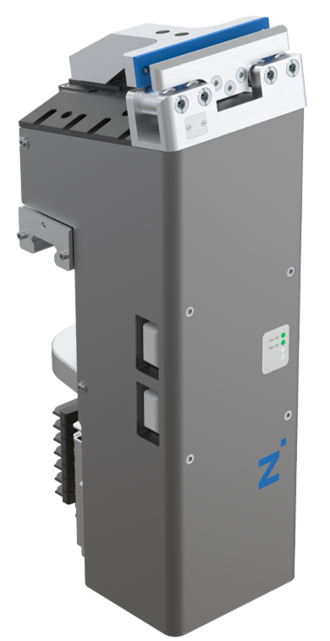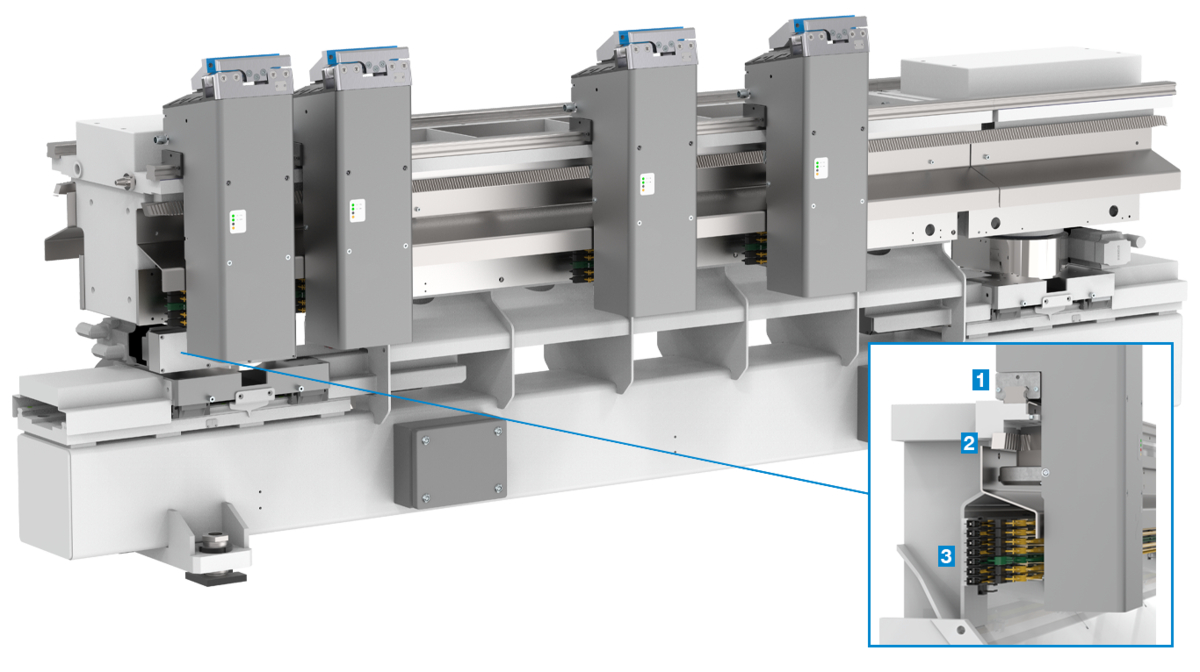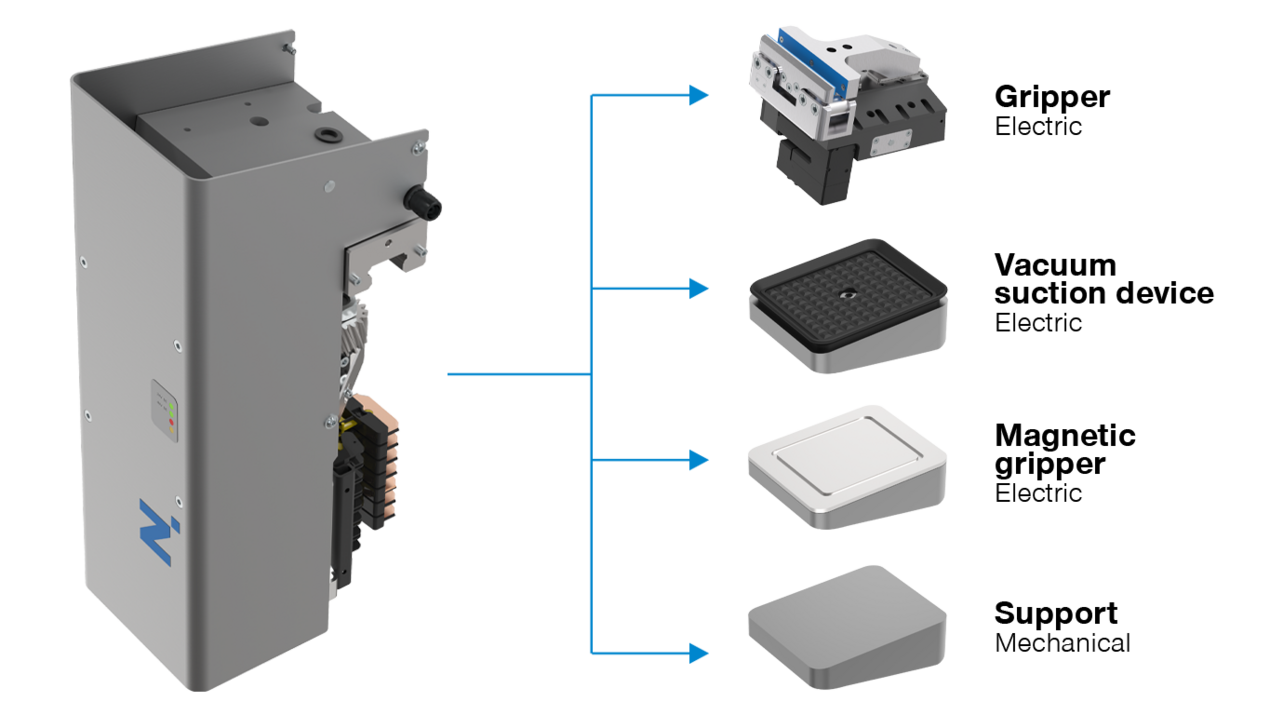Modular transport system
This is how automation works today!
The Modular Transport System combines the functions of transportation, processing and quality assurance in an almost ideal way. Depending on the requirements profile, the actual transport route can be flexibly enhanced with loading robots, measuring and plausibility check stations, processing robots, transfer units and assembly stations. The high level of flexibility results, not least, from the reconfigurability of the overall system and the independently operating functional units.

POSSIBLE APPLICATIONS
The Modular Transport System is a modular, flexible, fully scalable transport and handling system with a master/slave and recuperation function.
PRODUCT ADVANTAGES
- Flexible transport system for workpieces, free positioning along the carousel
- Fully-fledged machining axis
- High positioning accuracy ±0.05 mm
- Almost any number of shuttles on the carousel
- Dynamic configuration of groups with flexible control of all shuttles as master or slave
- Fully-fledged machining axis can be controlled via NC or CNC
- Synchronous cyclical operation via CAN bus
- Standardized order interface for all stations on the carousel
TECHNOLOGY AND ECONOMIC EFFICIENCY
Due to its modularity, flexibility and scalability, it can be used as a transport or handling system. The transport modules transport the workpieces while the speed of each individual shuttle or shuttle group can be freely selected. Depending on the requirements of the MES system, the individually controlled transport units can be used as masters or slaves and operate either individually or in a network. This eliminates the need for rigid coupling of the transport, e.g. via a continuous conveyor belt.
Viewed over the entire life cycle, the new machine concept also offers a high level of investment security, as the modular design enables subsequent expansions with new processing modules. The modules move along a path that can be configured in almost unlimited lengths and variants.
TWO IMPRESSIVE INNOVATIONS
The two most important innovations are, firstly, the high flexibility and comprehensive scalability of the individually controlled transport units, which can be controlled either as a master or as a slave, depending on the production order. This means that these transport units can transport workpieces of different sizes, either as individual transport units for smaller workpieces or as a master-slave combination for one large workpiece. The second innovation is an integrated 48 V battery intermediate circuit buffer which, in combination with the recuperation function of the transport units, reduces the load current peaks by approx. 85% and the energy consumption of the system by more than 8%. Production is networked, as all processes are directly connected to a higher-level MES system. Thanks to numerous sensors, current status information can be called up in real time (condition monitoring). There is also the option of a cloud connection and therefore functionalities such as predictive maintenance and statistical evaluations.

BASIC STRUCTURE OF THE MODULAR TRANSPORT SYSTEM
- Length-adjustable machine bed made of high-strength extruded aluminum profile
- Central lubrication for rotating movement units
- High-quality linear guides to absorb the weight and machining forces
- Optimized rack-and-pinion drive for the highest demands on linear drive systems
- Transmission of electrical energy and information via busbars

BASIC PROFILES
- Single-track: Reversing operation of the shuttle. Simple design, but continuous material flow not possible
- Dual-track: Continuous circulation without changing the orientation of the shuttles Circulation implemented by means of a linear transfer unit
- Double-sided: Continuous circulation with change of the shuttle orientation Circulation implemented by means of a rotational transfer unit
